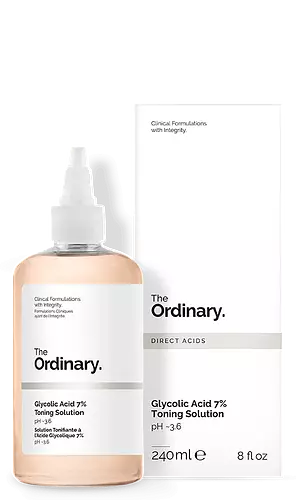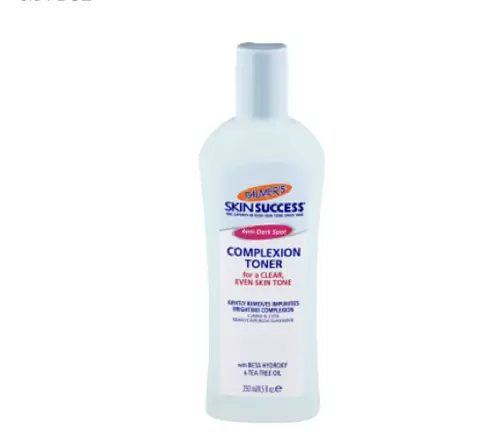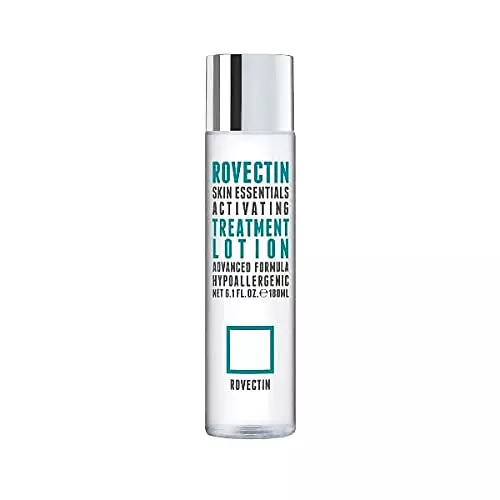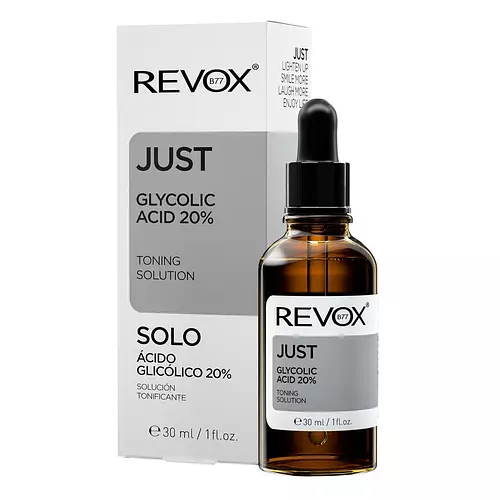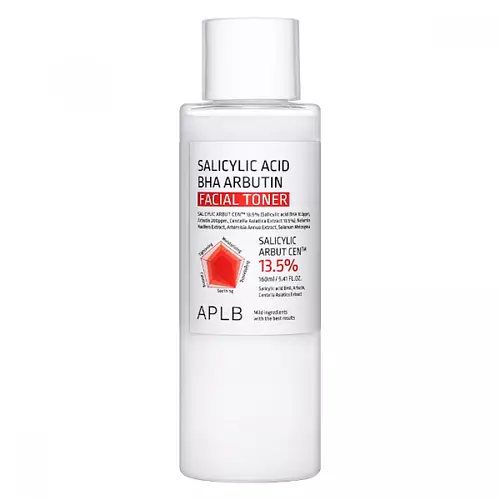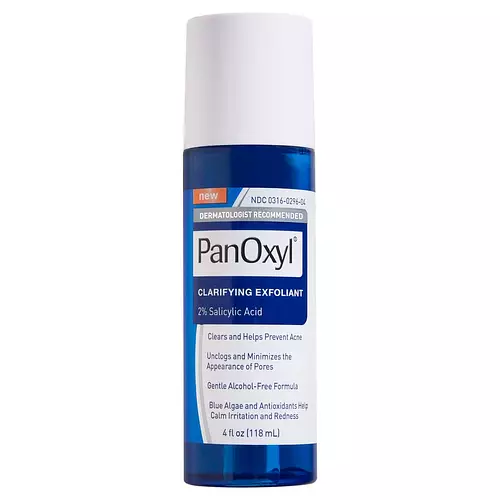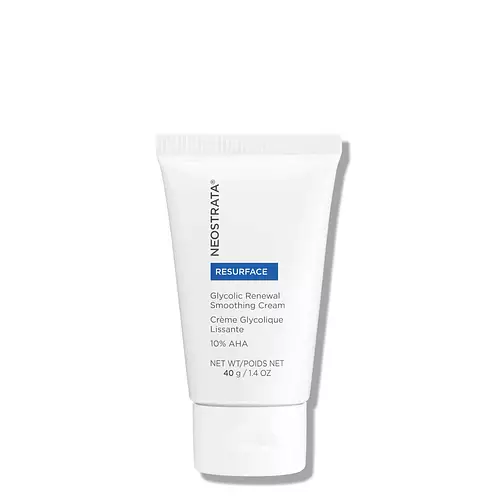Updated on July 27, 2023
Overview
What they are
These products are both vegan, cruelty-free, and reef safe toners. They have a total of 6 ingredients in common
Suited For
They're both likely to be good for anti aging, dry skin, brightening skin, oily skin, reducing pores, scar healing, dark spots and better texture
Free From
They both do not contain any harsh alcohols, common allergens, fragrances, oils, parabens, silicones or sulfates
We independently verify ingredients, and our claims are backed by peer-reviewed research. Spot a product that needs an update? Let us know.
Ingredient Info
The Ordinary Glycolic Acid 7% Toning Solution 42 ingredients
Good Molecules Niacinamide Brightening Toner 16 ingredients
At a glance
Click on any of the items below to learn more
The Ordinary Glycolic Acid 7% Toning Solution 42 ingredients
Good Molecules Niacinamide Brightening Toner 16 ingredients
Notable Ingredients
This product contains 1 ingredient that may have this attribute:
Benefits
This product contains 3 ingredients that may have this attribute:
This product contains 1 ingredient that may have this attribute:
This product contains 1 ingredient that may have this attribute:
This product contains 2 ingredients that may have this attribute:
This product contains 1 ingredient that may have this attribute:
This product contains 1 ingredient that may have this attribute:
This product contains 1 ingredient that may have this attribute:
This product contains 1 ingredient that may have this attribute:
This product contains 2 ingredients that may have this attribute:
Concerns
This product contains 1 ingredient that may have this attribute:
This product contains 1 ingredient that may have this attribute:
This product contains 1 ingredient that may have this attribute:
This product contains 3 ingredients that may have this attribute:
This product contains 1 ingredient that may have this attribute:
Notable Ingredients
This product contains 1 ingredient that may have this attribute:
This product contains 1 ingredient that may have this attribute:
This product contains 1 ingredient that may have this attribute:
Benefits
This product contains 1 ingredient that may have this attribute:
This product contains 3 ingredients that may have this attribute:
This product contains 1 ingredient that may have this attribute:
This product contains 1 ingredient that may have this attribute:
This product contains 1 ingredient that may have this attribute:
This product contains 1 ingredient that may have this attribute:
This product contains 4 ingredients that may have this attribute:
This product contains 2 ingredients that may have this attribute:
This product contains 1 ingredient that may have this attribute:
This product contains 2 ingredients that may have this attribute:
Ingredients Side-by-side
Ingredients Explained
These ingredients are found in both products.
Ingredients higher up in an ingredient list are typically present in a larger amount.
Water. It's the most common cosmetic ingredient of all. You'll usually see it at the top of ingredient lists, meaning that it makes up the largest part of the product.
So why is it so popular? Water most often acts as a solvent - this means that it helps dissolve other ingredients into the formulation.
You'll also recognize water as that liquid we all need to stay alive. Talk about multi-purpose! If you see this, drink a glass of water. Stay hydrated!
Learn more about WaterPropanediol helps absorb ingredients into your skin, boosting their benefits. It can act as an emollient, making your skin softer. Propanediol can help products last longer by boosting the properties of preservatives within the formulation.
Propanediol is not likely to cause sensitivity and considered safe to use.
It is derived from corn or petroleum with a clear color and no scent.
Learn more about PropanediolGlycerin is already naturally found in your skin. It helps moisturize and protect your skin.
A study from 2016 found glycerin to be more effective as a humectant than AHAs and hyaluronic acid.
As a humectant, it helps the skin stay hydrated by pulling moisture to your skin. The low molecular weight of glycerin allows it to pull moisture into the deeper layers of your skin.
Hydrated skin improves your skin barrier; Your skin barrier helps protect against irritants and bacteria.
Glycerin has also been found to have antimicrobial and antiviral properties. Due to these properties, glycerin is often used in wound and burn treatments.
In cosmetics, glycerin is usually derived from plants such as soybean or palm. However, it can also be sourced from animals, such as tallow or animal fat.
This ingredient is organic, colorless, odorless, and non-toxic.
Glycerin is the name for this ingredient in American English. British English uses Glycerol/Glycerine.
Learn more about GlycerinDextrin is used to thicken a product and helps bind ingredients together. It is created from starch and glycogen.
As an emulsifier, dextrin prevents ingredients from separating. This helps elongate a product's shelf life.
Studies show coating UV filters with dextrin prevents these ingredients from being absorbed. This helps UV ingredients last longer on the skin.
Learn more about DextrinTrisodium Ethylenediamine Disuccinate is used to help stabilize a product.
It is a chelating agent, meaning it helps prevent metal ions from binding to other ingredients. This prevents unwanted reactions in products. Metal ions can come into a product via the water ingredient. They are found in trace amounts and are not known to be harmful.
1,2-Hexanediol is a multi-tasker ingredient. It acts as a preservative to increase shelf-life and can aid other preservatives in preventing microbe growth. 1,2-Hexanediol also helps the skin retain moisture as a humectant.
In products that are water-based, this ingredient can help stabilize perfumes and fragrances. It can also help make the texture of products softer and more smooth.
Ingredient Ratings
Here's what our community thinks of the ingredients in these two products.
When to use
The Ordinary Glycolic Acid 7% Toning Solution 42 ingredients
Good Molecules Niacinamide Brightening Toner 16 ingredients


Reviews
Here's what our community thinks
The Ordinary Glycolic Acid 7% Toning Solution 42 ingredients
CustardBunny
Ive used this for a whileee now.
First on my face, way too harsh so i did body only. I got lots of acne and heard nothing but "an all cure for...
Ive used this for a whileee now.
First on my face, way too harsh so i did body only. I got lots of acne and heard nothing but "an all cure for everything skinwise" lol.
Well it HURTS like a bitch. God it stings.
Absolutely no difference, if anything worse skin issues. Around the buttocks area.
Best thing that couldve happened to me? African Black Soap.
tiffchikin
Didn't do anything for me
I wanted to like this product so much but after finishing one and a half bottle I still didn't see a difference on my...
Didn't do anything for me
I wanted to like this product so much but after finishing one and a half bottle I still didn't see a difference on my face. Stings a little bit so I only used it 2-3 times a week.
Good Molecules Niacinamide Brightening Toner 16 ingredients
MichelleR
Vitamin C Alternative
I am allergic to everything under the sun and I don't tolerate Vitamin C very well. This product is the only Vitamin C that...
Vitamin C Alternative
I am allergic to everything under the sun and I don't tolerate Vitamin C very well. This product is the only Vitamin C that hasn't made me break out. I plan to try more with the 3-0 Ethyl Ascorbic Acid version, but this is my go to in the meantime. I definitely don't have any chemical burns or sensitive reactions to this. It's my go to daily use for the summer!
HarleyB
Burned
This caused burning and redness immediately after applying, made my face very sensitized. Felt like I was using a strong chemical exfoliant,...
Burned
This caused burning and redness immediately after applying, made my face very sensitized. Felt like I was using a strong chemical exfoliant, not sure what ingredient caused this.
